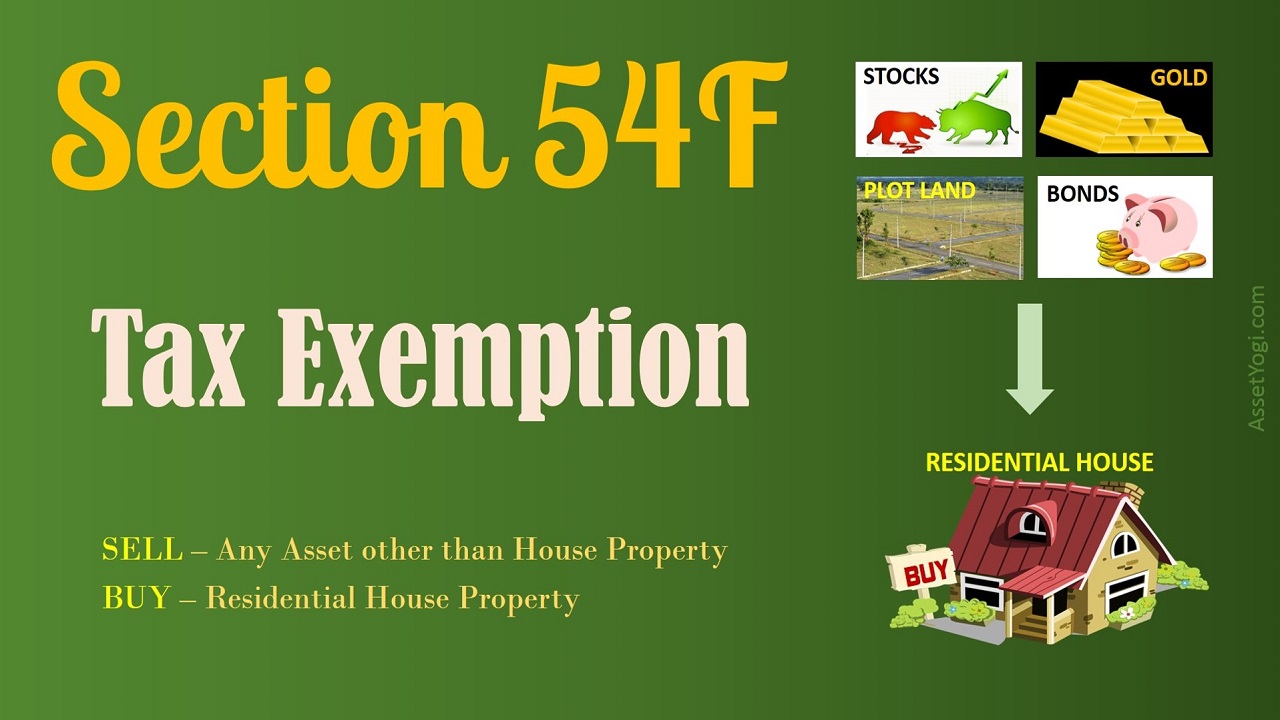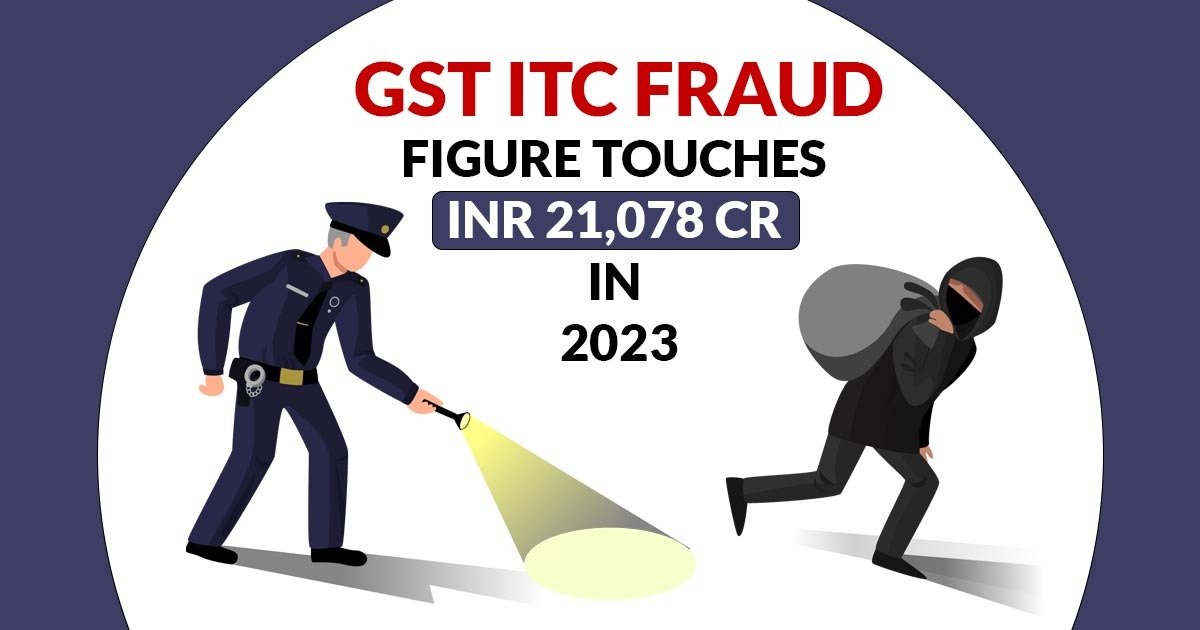@JUDGMENTTAG-ORDER
P.D. Sharma, J.@mdashPiara Singh in his writ petition has attacked the validity of an order dated the 20th August, 1963, annexure ''A'', passed by the Chief Settlement Commissioner, respondent No. 1 on the recommendation of the Managing Officer, Jullundur, respondent No. 2. Radhe Nath a displaced person of village Prem Garh, Tehsil Chunian, district Lahore, on his migration to India was allotted 15. standard Acres and 15 1/2 Units in village Pakki Tibbi, Tehsil Muktsar and 3 Standard Acres and 14 Units in village Tung Pain, district Amritsar, in lieu of the land abandoned by him in Pakistan. Permanent rights in the land were also conferred on him. He died some time later and the land allotted to him was mutated in favour of Krishan Mohan Nath Sumeshwar Nath on the basis of a will executed by him on 10th April, 1949. Necessary, mutation No. 447 was also entered and finally sanctioned on 7th May, 1957, in due course. Krishan Mohan Nath and Sumeshwar Nath out of the above land sold 20 Bighas and 3 Bishwas for a sum of Rs. 6970.50 p. by a registered deed dated the 30th June, 1957, in favour of the petitioner Necessary entries evidencing the sale were also incorporated in the revenue papers. The aforesaid two heirs of the original allottee sold the remaining land also in favour of other persons with which we are not concerned. Thereafter respondent No. 1 on a report from respondent No. 2 cancelled permanent rights with respect to 4 Standard Acres of land said to have been allotted in excess to Radhe Nath by the impugned order, annexure ''A''. This he did on a reference from respondent No. 2. The petitioner learnt about this order from the Patwari in the month of April, 1964. The order covered the land sold by the heirs of the original allottee in favour of the petitioner. The latter has challenged the correctness of the above order on the ground that no valid notice was given to the heirs of the original allottee or the transferees of the land from them.
2. Mohan Lal on his own application was also impleaded as a respondent in the writ petition. Neither he nor respondents Nos. 1 and 2 have filed their written statements.
3. The Chief Settlement Commissioner, passed the impugned order on 20th August, 1963, wherein he mentioned that muktiar of the allottee was directed to appear before him but he had not turned up and so proceedings were taken ex-parte against him. It is clear from the recital in the writ petition that Radhe Nath had died before 7th May, 1957, when mutation No. 447 was sanctioned evidencing the fact that the land allotted to him had been inherited by Krishan Mohan Nath and Sumeshwar Nath. In these circumstances, the service on the mukhtiar of the dead allottee was meaningless, particularly when the revenue entries abundantly indicated the names of his two heirs and also the names of the purchasers of the land from them The Chief Settlement Commissioner should have given notice to the persons who were interested in the land passing the impugned order which as alleged by the petitioner was passed without notice to the persons concerned and thus violated one of the cardinal principles of natural justice that nobody should be condemned unheard.
4. The writ petition is allowed with costs and the impugned order, annexure ''A'' is quashed.

